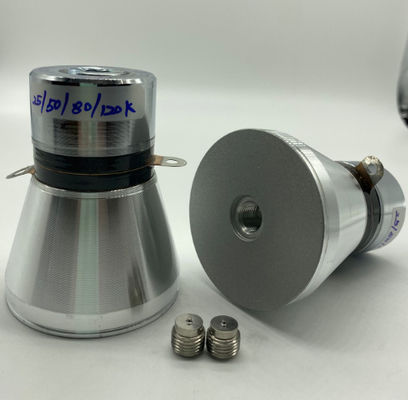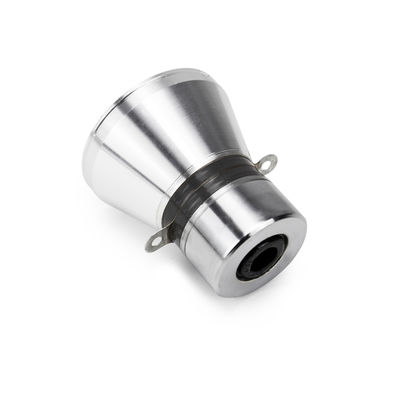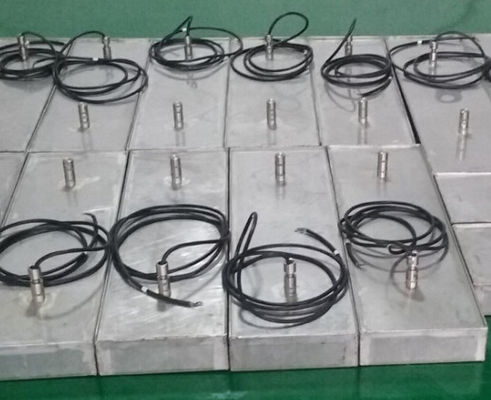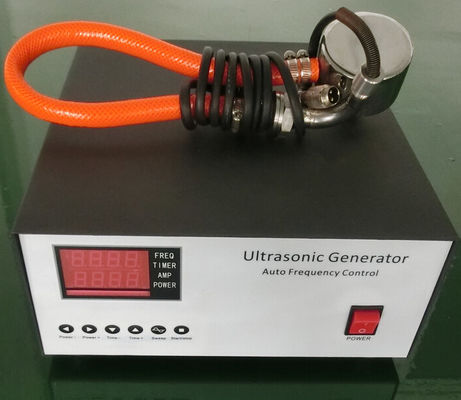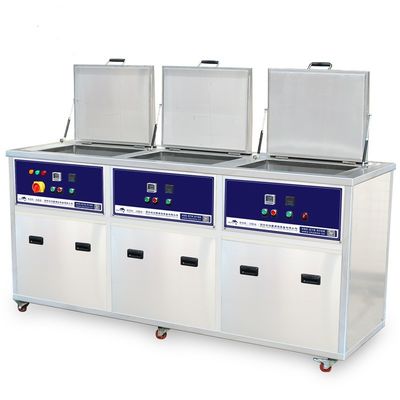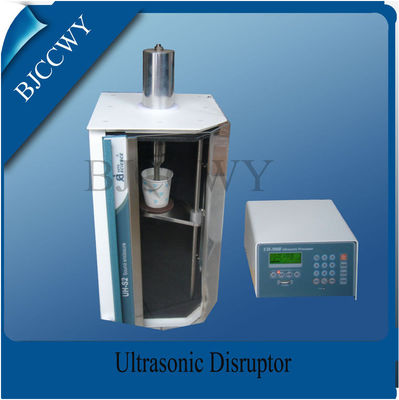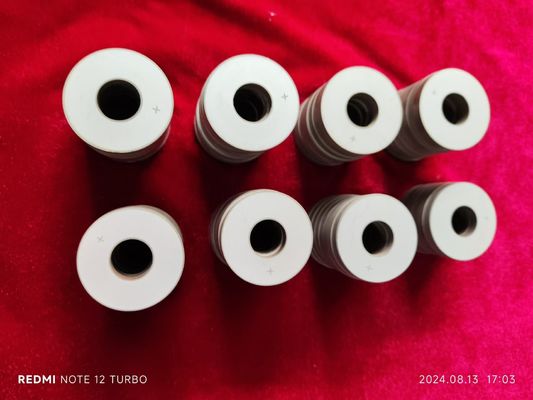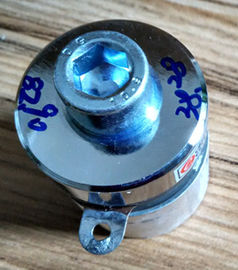Double Frequency Ultrasound Transducer Tank Cleaning Vehicle Device
Tank Cleaning Vehicle Device Double Frequency Cleaning Transducer
In order to understand the mechanics of ultrasonics, it is necessary to first have a basic understanding of sound waves,
how they are generated and how they travel through a conducting medium. The dictionary defines sound as
the transmission of vibration through an elastic medium which may be a solid, liquid, or a gas.
Sound Wave Generation A sound wave is produced when a solitary or repeating displacement is generated
in a sound conducting medium, such as by a “shock” event or “vibratory” movement. The displacement of air
by the cone of a radio speaker is a good example of “vibratory” sound waves generated by mechanical
movement. As the speaker cone moves back and forth, the air in front of the cone is alternately compressed
and rarefied to produce sound waves, which travel through the air until they are finally dissipated.
We are probably most familiar with sound waves generated by alternating mechanical motion.
There are also sound waves which are created by a single “shock” event. An example is thunder
which is generated as air instantaneously changes volume as a result of an electrical discharge (lightning).
Another example of a shock event might be the sound created as a wooden board falls with its face against
a cement floor. Shock events are sources of a single compression wave which radiates from the source.
- High Mechanical Quality and excellent electro-acoustic conversion efficiency, providing a high output amplitude.
- Piezoelectric element offer a high speed of vibration. Through bolt-on mounting, mechanical intensity and amplitude have been improved.
- Having steady output amplitude even the load markedly changed.
- Extended using temperature, ensuring good amplitude linearity. Lower resonant impedance, ensuring high conversion efficiency.
- Bolt-on mounting gives the fasteasy installation and high reliability.
Applications
widely used in ultrasonic cleaning machine and high-power industry cleaning devices.


 Your message must be between 20-3,000 characters!
Your message must be between 20-3,000 characters! Please check your E-mail!
Please check your E-mail!  Your message must be between 20-3,000 characters!
Your message must be between 20-3,000 characters! Please check your E-mail!
Please check your E-mail! 
